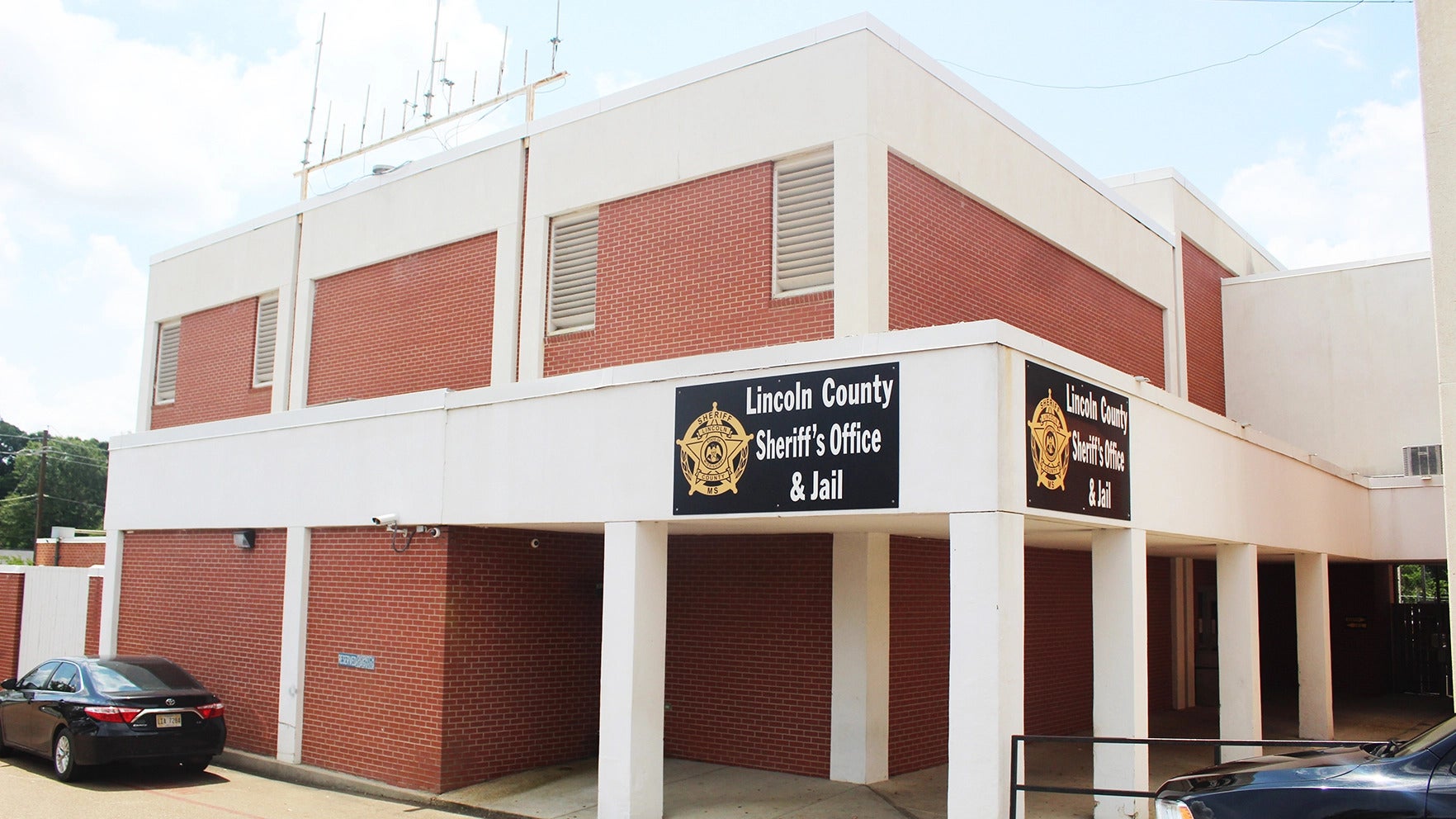Bogue Chitto eyes cutting-edge research class
Published 5:00 am Friday, March 21, 2008
Bogue Chitto Attendance Center is on the verge of upgrading itsscience curriculum with the addition of an advanced,laboratory-based class called Biomedical Research, in whichstudents will interact one-on-one with professionals andresearchers in the medical field to examine, research andexperiment with DNA.
Developed 16 years ago by the University of Mississippi MedicalCenter, in conjunction with Jackson Public Schools, the courseserves as a training ground for introducing students tocontemporary biotechnology and preparing them for entry into themedical field through hands-on research.
“Biomedical Research, like the name implies, will be moreeffective if kids have authentic or original projects,” said KathyMcKone, the science teacher at Bogue Chitto who introduced theschool to the possibility of the class. “Science is supposed to beabout research anyway. A lot of times, science classes end up withstudents just reading books, watching slides and learningfacts.”
With the addition of Biomedical Research to Bogue Chitto’scurriculum, students in the class will work side-by-side – or atleast video-to-video – with medical professionals.
“Instead of reading about the scientific community, we will bepart of it,” McKone said. “Instead of looking at what others havedone, we will be looking at questions that no one has the answersto, and finding those answers along with the scientificcommunity.”
Dr. Robin Rockhold, the assistant vice chancellor for academicaffairs at UMC who wrote the state-approved curriculum forBiomedical Research, visited with Bogue Chitto faculty membersThursday to explain the program’s qualities.
“The program involves increasing the expectations of students toperform in the very adult, very academically advanced environmentof our medical labs,” Rockhold said. “It involves introducing thestudents to our research faculty who can then serve as mentors onan individual basis with students who participate in theprogram.”
The method of introduction between student and researcher beganas a program called Base Pair.
“The title of the program came from the idea that each studentwould be paired individually with one faculty member at UMC,”Rockhold said. “It is a very close association that mimics thebinding of base pairs fundamental to the structure of DNA.”
The catalyst for the Base Pair system is proximity. It workedwell between UMC and Jackson’s schools, since the two entitiesshared the same city. For Bogue Chitto, however – about 60 milesfrom UMC – the Base Pair method is not an option.
But there are other avenues.
“What we have worked for over the 16 years this program has beenin existence are additional mechanisms to enhance science teachingin the schools without the absolute necessity of a one-on-oneinteraction,” Rockhold said. “The physical need to get studentsfrom their school to our labs at UMC and back precludes interactingwith a school anywhere other than a very short distance from ourcampus.”
Currently, plans for Bogue Chitto involve the use of itsdistance learning laboratory to make the connection to medicalprofessionals at UMC and students and teachers at other schools.The distance learning equipment, already installed at Bogue Chitto,involves electronic media devices such as computers, projectors andcameras that establish a video conference between institutions.
If Bogue Chitto settles on using its distance learning equipmentto carry out the connection necessary for Biomedical Research tosucceed, it will become one of only a handful of rural schools inthe state of Mississippi to use that approach.
“Distance learning would be something that none of the otherprograms are doing, at least not to a great extent,” Rockhold said.”It would be a novel approach to the sharing of resources forteaching and learning.”
While the distance learning equipment is in place at BogueChitto, several items needed for experimenting with DNA are not.The cost of gathering these instruments is approximately $12,000,McKone said.
McKone currently has a $12,000 grant pending with Toshiba. If itfalls through, she will be able to borrow the necessary equipmentfrom Florida A&M University in Tallahassee, though that wouldnot be a long-term solution. She earned the right to borrow fromthe university after attending a Dolan DNA Learning Center workshopthere last June.
Like the grant, many aspects of the Biomedical Research classare still pending. Even with details remaining to be worked out,chances are high that the class will be brought to Bogue Chitto forthe 2008-09 school year.
“I think it’s pretty much a done deal,” said Bogue ChittoAttendance Center Principal Bill McGehee. “We’re gonna do it. Theaddition of our Molecular Biology class last year was reallysuccessful, and this class also looks like it will be a goodthing.”
McGehee said there are “a few kinks” that need to be worked outconcerning who, and how many, will be allowed to take BiomedicalResearch. The class is designed to be one of limited enrollment topreserve the oneness between student and professional, and somestudents, having already advanced through other science courses,will not need the credit offered by the class. McGehee’s presentplans are to allow the class to be open for participation byjuniors and seniors in the 2009-10 school year, but the plans for2008/2009 are not yet final.
Biomedical Research will be a year-long class, spanning bothfall and spring semesters, that counts as one credit. McGehee saidstudents must complete Biology, coupled with either Chemistry orMolecular Biology, and maintain a 3.0 grade point average toqualify for Biomedical Research.
“Obviously, this will be a tougher class – an aggressive study,”he said.
Despite the work that remains to be done to bring BiomedicalResearch to Bogue Chitto, McGehee is almost giddy about itsarrival.
“We’re excited about a new course and the opportunity to workwith UMC,” he said. “And, greater than anything else, we’re excitedabout the opportunity for our kids to be exposed to a newdirection. I don’t foresee any problems. I just see positive thingshappening.”





